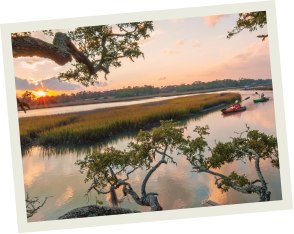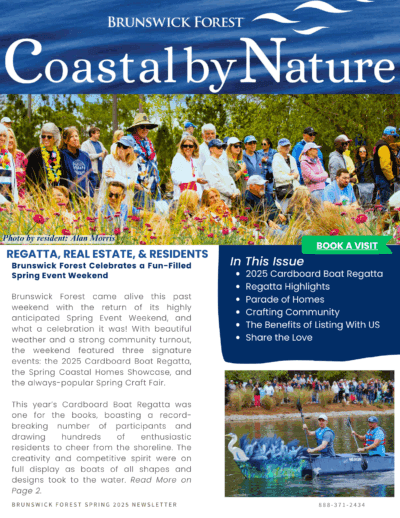Birdwatching in Southeastern North Carolina
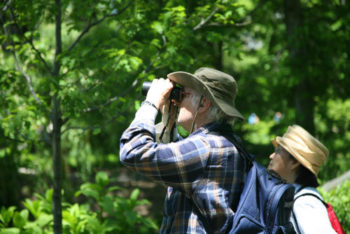
Surrounded by nature, Brunswick Forest offers its residents the opportunity to live in harmony with local vegetation and wildlife. Birdwatching, or “birding”, is the act of observing birds in their natural habitat. Many people love making note of the different kinds of birds that visit their yards, their behaviors and their feeding habits. Here are just a few of the avian friends that you can look forward to seeing here in Southeastern North Carolina, and some ways that you can attract them!
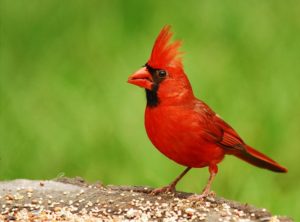
Starting off this list is none other than the official state bird of North Carolina, the Northern Cardinal. Male’s sport a beautiful deep red color, with black bands around their reddish beaks, while females are usually brown with red accents. Most noticeable of all, is the famous crest of feathers that sticks up from the head of many a Cardinal, making them instantly recognizable. Cardinals are known to frequent garden feeders, and love to feed on black oil sunflower, safflower seeds, white milo and crushed peanuts. They can be found in many areas throughout the Southeast, all year long.
Eastern Bluebirds are also a beautiful sign that spring has arrived here in the Carolinas. Male bluebirds are known for their reddish-orange chest with a beautiful blue upper body. Eastern Bluebirds are a beautiful sight in any tree or garden, and can be seen feeding on beetles, crickets, grasshoppers and caterpillars. In addition to ridding places of these nasty pests, Eastern Bluebirds also love to eat mealworms; if you’re looking to exclusively attract these gorgeous little creatures, softened fruits and berries will also work.
Brunswick Forest residents have a keen liking to our little bluebird friends, ensuring that they have a place to nest during the season. After much deliberation, it was made possible to have a trail with no less than 15 birdhouses designed specially to attract bluebirds. Volunteers from Brunswick Forest have been keeping a close eye on these little pieces of real estate for around 8 to 9 years, submitting their recorded data to Nestwatch.org. Residents have also learned how to maintain bluebird nesting areas in their yard and to monitor nesting attempts. All of this ultimately makes for an engaging experience that helps to keep the balance of nature.

Darting through the air at blinding speeds, Ruby Throated Hummingbirds seem more like big bees than birds. Don’t be alarmed however, as these little birds are a spectacular sight that will draw any gardener’s excited gaze. Eye-catching with their shimmering green bodies and famous ruby colored throats, hummingbirds will quickly flit from flower to flower and use their long beaks to drink fresh nectar. Females are blander in color than males are, but still make for a wonderful sight in your yard. Attracting hummingbirds can be done by planting tubular flowers or setting up a special feeder filled with sweet liquid or sugar water.
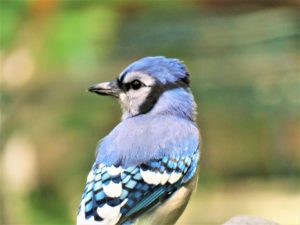
With its noisy call and beautiful blue color, the Blue Jay is a perfect bird to attract to your garden feeders. Blue and black patterns adorn this well-known songbird, as well as the tuft of feathers on its head. Known for its intelligence and its fondness for acorns, the Blue Jay can also be seen in Southeastern North Carolina year-round. Attract them to your garden using tray feeders filled with peanuts, sunflower seeds and suet. Birdbaths are also a great way to attract these colorful birds, as Blue Jays will often stop in them to drink and bathe themselves.
Getting into birdwatching is easy to do but also requires a little bit of knowledge and patience. Give it time, and your yard could soon become a haven for many types of birds. Looking to find more birds in the wild? Brunswick Forest allows you to explore nature on your own time with an abundance of biking and walking trails, as well as a nature reserve and plenty of wetlands.




